ITW: ORGANIZING AN AUTONOMOUS SUP EXPEDITION
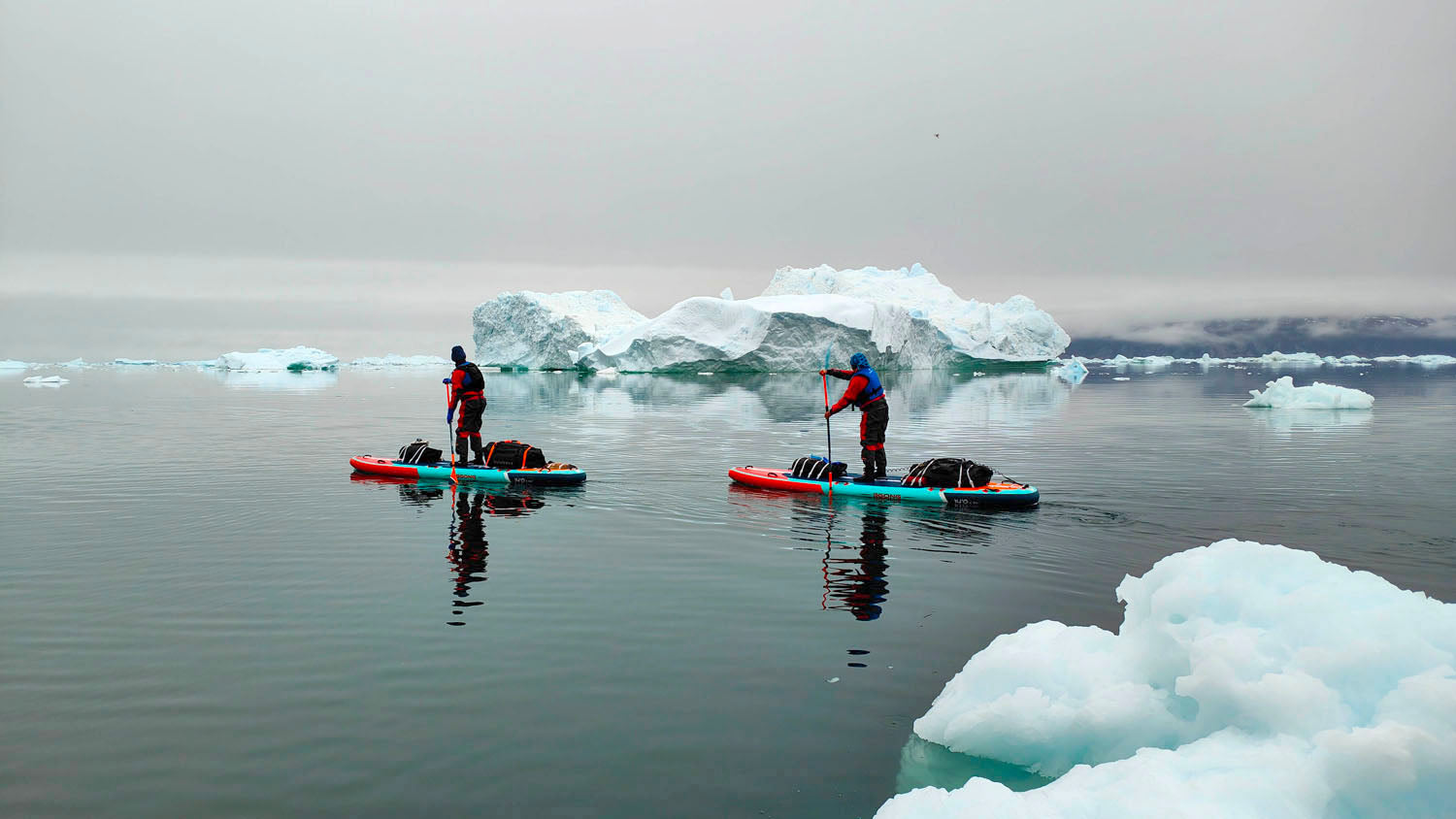
At the head of an expedition carried out on inflatable SUPs and in total autonomy in the cold waters of Greenland, Ingrid, GONG ambassador, looks back on the organization of this outstanding adventure!
Taking 5 people in the footsteps of her first adventure in Greenland where she had traveled more than 400km on her own, Ingrid once again demonstrates the huge journeys one can achieve step by step, paddle stroke after paddle stroke. On her return, she offered us a glimpse of the purity of the captivating landscapes of this region of the world, while sharing with us their daily life in this exceptional environment. Today she shares a view behind the scenes of her preparation, her equipment, and the type of conditions they encountered on site for, as she says: “an unforgettable experience in a world that puts your feet back on the ground”. Here is her testimony.
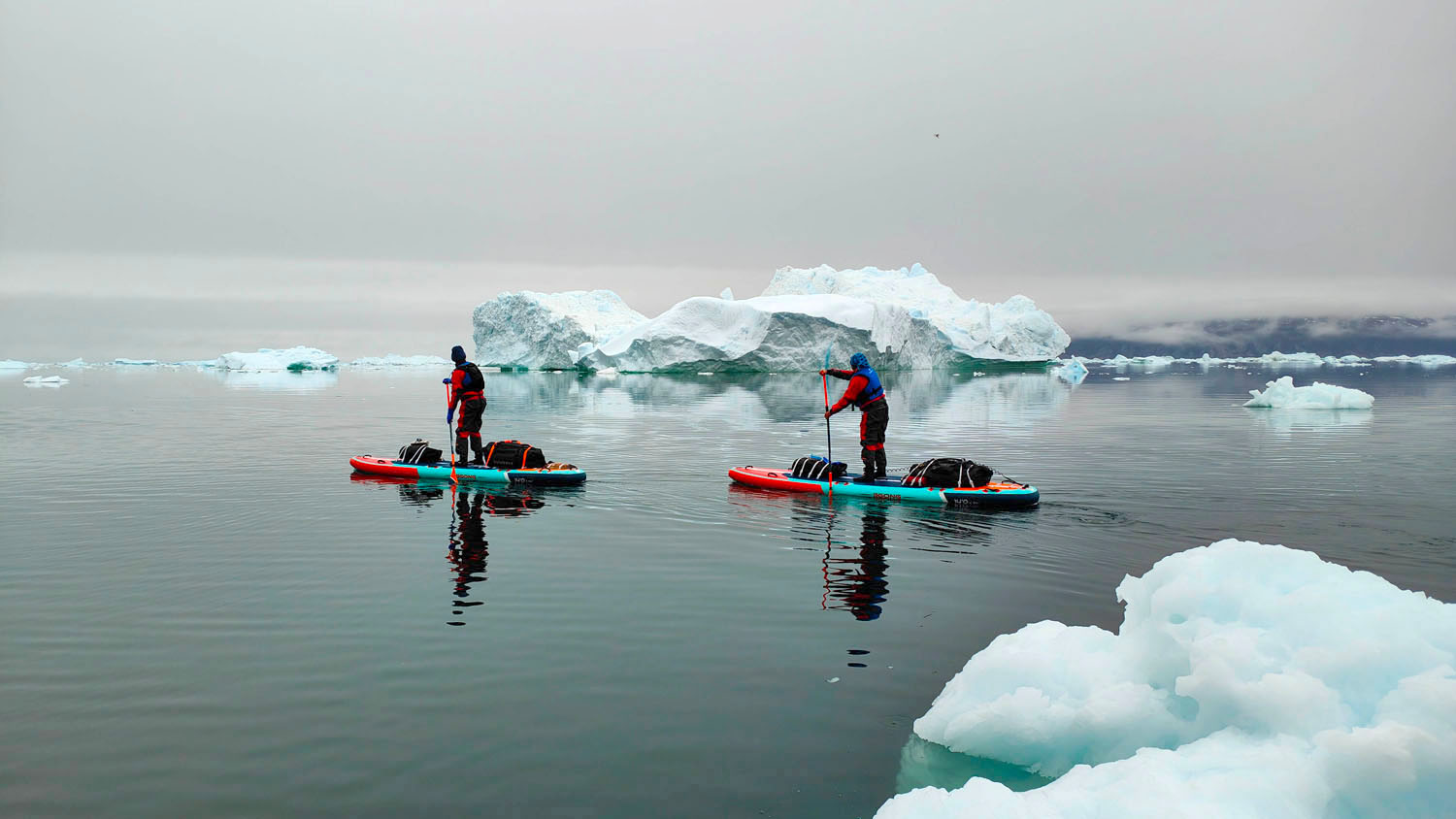 How did you prepare for this expedition?
How did you prepare for this expedition?
“To the smallest detail! From the choice of camp equipment to freeze-dried items and clothes, everything is very carefully prepared. The SUP boards obviously being an important topic, hence Patrice’s idea to create Couine Marie Arctic SUPs specially designed for extreme conditions. This Arctic edition has a 65L central chamber which allows you to navigate with complete peace of mind and safety, while remaining very careful of course. In addition to serving as a safety float in the event of damage, this double chamber increases the rigidity of the board. It is made with welded triple-layer Woven Dropstitch technology, which makes it very resistant and strong against pieces of ice which can sometimes be very sharp. It has excellent stability with its generous width which allows you to move for long hours without fatigue, and to transport all the equipment necessary for expeditions and bivouacs.
It is equipped with very thoughtful accessories: ergonomic handles (7 in total), super practical for carrying and handling the board in the water and on land and a great system for attaching waterproof bags and accessories!
While my first expeditions were solo ones, this year I decided to take 5 people on this adventure. It’s nicer in a small group, it allows for moments of discussion and sharing emotions together. This limited number allows me to watch over the group more easily and to intervene more quickly if necessary. Agnès, Aude, Nicolas, Arno and Marco were part of the adventure last year.”
How do you organize safety?
“I provide the safety equipment, namely the dry suit and the life jacket. For the rest, just pay attention to my instructions and respect them. I have eyes everywhere, I ensure everyone’s protection and if they don’t listen to me: bammm! A paddle hit behind the ears! I’m kidding of course. I know the polar environment and its dangers. If necessary, I have a satellite phone to call for help and a top notch case of pharmaceuticals.”
What were the weather conditions like?
“We had a real polar climate: fog, gray skies, sun, wind, rain. We missed the snow! On the other hand, in terms of temperature, it was abnormally mild, global warming is unfortunately coming to life step by step. We also had polar days with the midnight sun. It is a time of year when the sun never goes below the horizon. This gives very strange colors. A disorienting experience to live, they had never had so many sleepless nights in a row!”
Did you encounter any particular difficulties or moments of pride after challenging steps?
“No pride, we are quickly put back in our place in Greenland. We feel very small in the middle of these insane landscapes. An Inuit proverb says: “In Greenland, only the ice and the weather are masters”. A proverb we have experienced this year with the wind preventing us from reaching the front of the glacier. So we explored a magnificent fjord with a lake and a very large waterfall. I love this place. We tasted the first sea urchins of the summer there! a delight !”
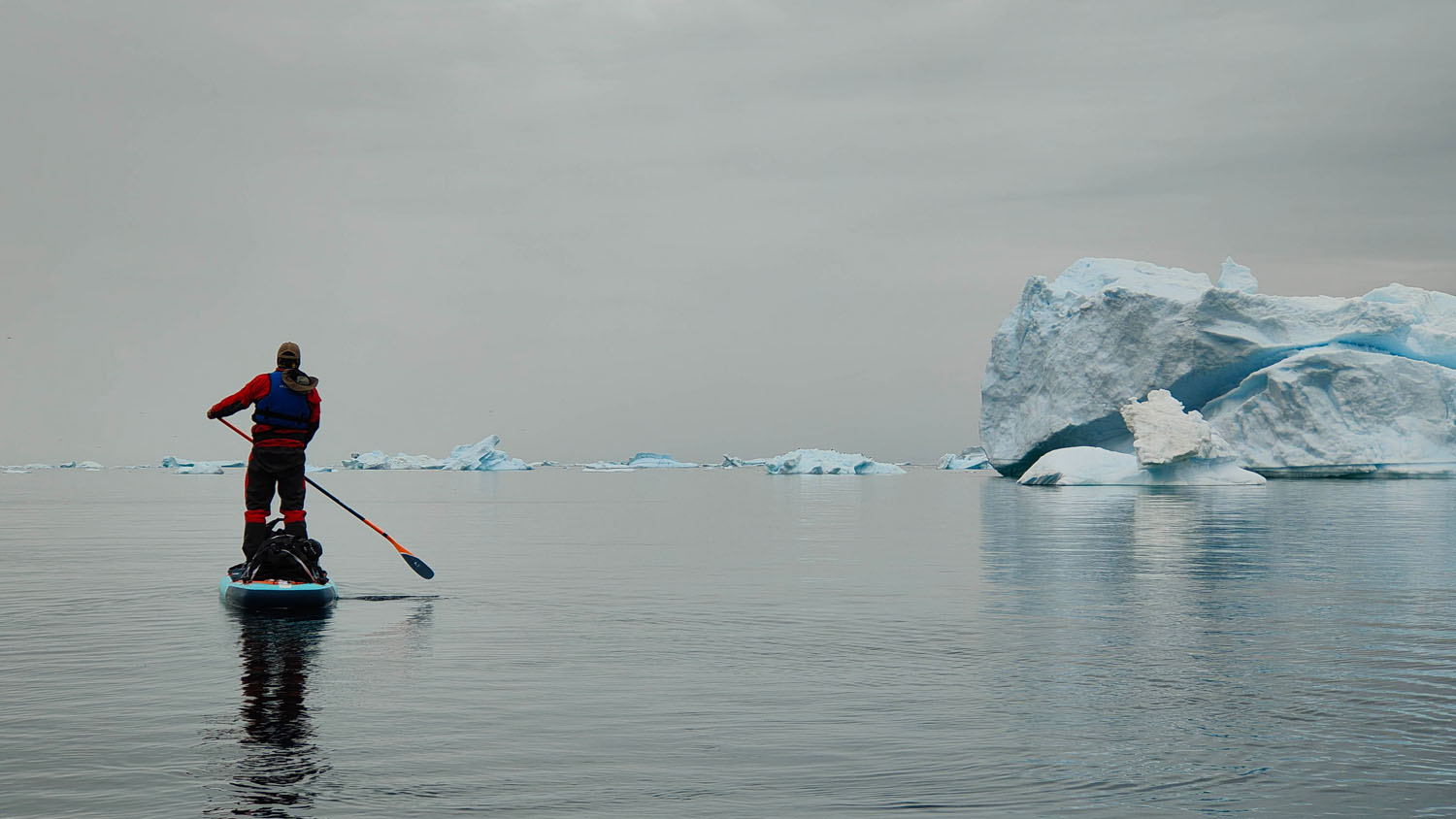
Icebergs, whales, seals, orcas, weather conditions, what are the biggest dangers of this type of expedition?
“Knowing the tide schedule is not enough to know where to pitch tents. A golden rule in Arctic regions where there are “big” icebergs (or close to a glacial front) is to never leave anything lying on the beach. No tent, no SUP, no bag… as they might disappear forever.
You should know that icebergs (and glacial fronts) are “alive”. They crack, sag and flip over, causing enormous displacements of water, leading to small tsunamis of several meters which take away everything in their path. It is therefore necessary to raise all the equipment, including the SUP boards (each morning and evening), several meters (above the vegetation line at least) and the tent must be pitched high enough to not not suffer the attacks of a potential wave.
You have to know how to listen to the music of icebergs. They often produce sounds before breaking (crunches, rumbles, crystalline sounds). Likewise, small fragments begin to break off before the larger blocks fall. These signs should alert you.
As a rule of thumb for navigation, it is recommended not to approach closer than 2x the height of an iceberg and 4x the height of a glacial front. This rule is of course not absolute and depends on local conditions. And of course it is anything but recommended to cross under an arch or enter a cave, even if sometimes the temptation is great.
The second big danger: katabatic winds. A katabatic wind means a “downslope” wind. It is a gravitational wind produced by the weight of a mass of cold air (denser and heavier) sliding down a relief. Once the process begins, the cold air mass accelerates and the wind speed can be extremely high, especially in steep valleys (100-200 km/h). In Disko Bay, they are more frequent in the “Torssukátak” (large fjord, north of the bay, where two glacial fronts flow), and they can prevent navigation and passage for several days.
Their appearance can be very rapid, as can their disappearance (sometimes around ten minutes). These winds give the sensation of being warmer than the air around us (which can warn us of the arrival of such a phenomenon). The atmosphere is very clear and dry and the sky is of an intense blue, very luminous. Lenticular clouds, perpendicular to the wind direction, may be present above the cap.
As for weather conditions, they are by nature unpredictable, especially in these high latitudes. If by bad luck the weather is not favorable, you must be prepared to put up with the rain, the wind, the snow, the waiting…from one day, to several days.
This is one of the main difficulties, but in this regard, the weather is often very good, and 15 days of blue skies are no exception. Average summer temperatures are around 5°C, with minimums of -10° and maximums of up to 15°. In general, precipitation is low, but it can rain or snow at any time of the year. The water temperature is close to 0°C.
Then finally the last danger but the most unlikely: being eaten alive by a polar bear, or pleasing the Yeti and being kidnapped forever in his igloo. No, I’m kidding, the polar bears are much further north or on the east coast, but as for the Yeti…”
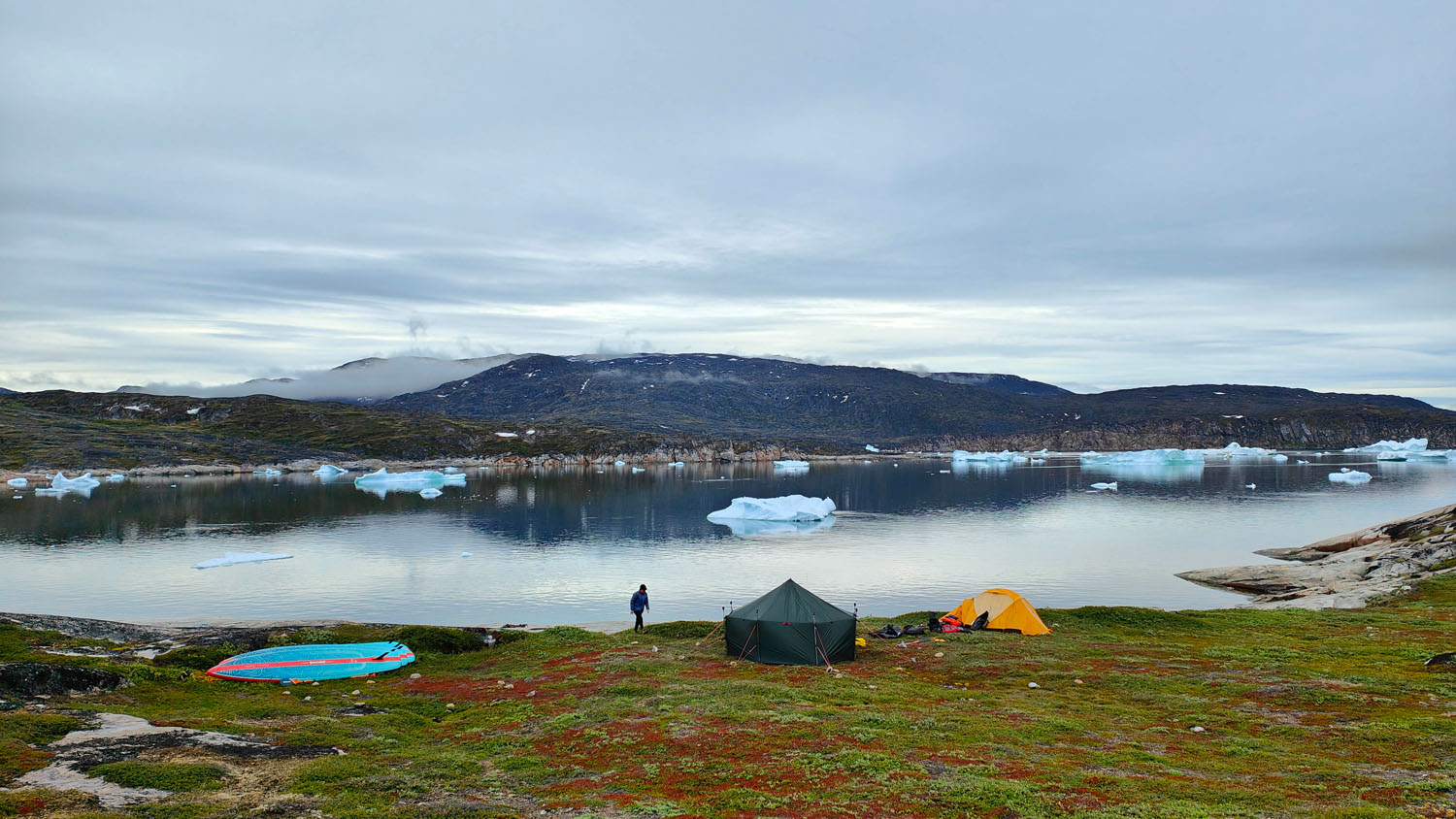 What steps have you taken to minimize the environmental impact of your trip?
What steps have you taken to minimize the environmental impact of your trip?
“Being in a small group has less impact on the location of the bivouac. All waste is brought back in a garbage bag and placed at the recycling center of the last village encountered. I eliminate or minimize all use of soap. Anyway, let’s be honest, washing yourself is generally brief, if not non-existent. Natural needs, in all cases, are on the foreshore or buried and toilet paper must be burned. Dish water is avoided by boiling water used to clean the remains of our meals in the bowl or cup.
I am very careful when choosing my expedition and bivouac equipment. I only work with environmentally friendly partners. For food, I buy local as much as possible then during the expedition it is nature which offers me what I need: cod, capelin, giant mussels, sea urchins, blueberries, porcini mushrooms…even morning tea I pick it up on the tundra.”
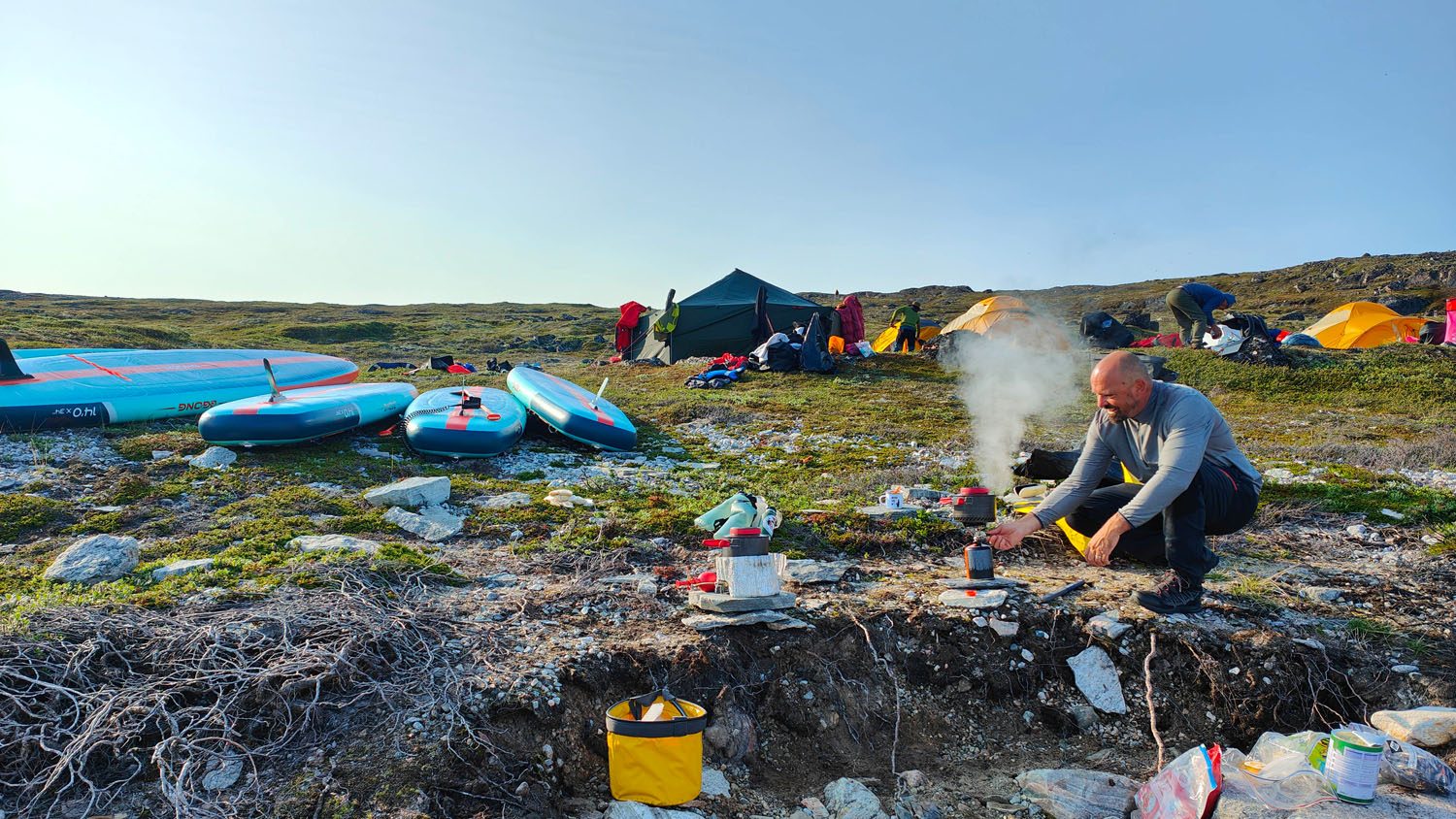
Has this experience made you more aware of environmental protection and climate change?
“No one comes back the same from Greenland. It makes you think about a lot of things: about life in general, about your life, about our society, etc. Each time I return, I have a lot of trouble readjusting. After 2 months there I stayed locked up at home for a week. Outside there are too many people, too much noise, too many cars, too much consumption, too much judgment.”
Do you have a funny or moving experience to share about this adventure?
“Meeting a whale is always a moving moment. Seeing my small group marvel at the approach of a humpback whale is just magical. It was Nicolas’s dream. I am so happy that he was able to experience this moment, here in Greenland. Standing on a SUP, he was able to approach it very closely. It is for these unforgettable and magical moments that I share my adventures.”
How do you plan to share this experience with other people?
“This stay is offered to other motivated adventurers for next summer and the following (2025). I am creating other adventures, with other destinations… but always above the Arctic Circle. Adventures to follow but also to share! I have since done another polar adventure, on the other side of Greenland. I met a mother bear and her two cubs there. That was really something.”
Thank you Ingrid and we look forward to hearing about your next adventure!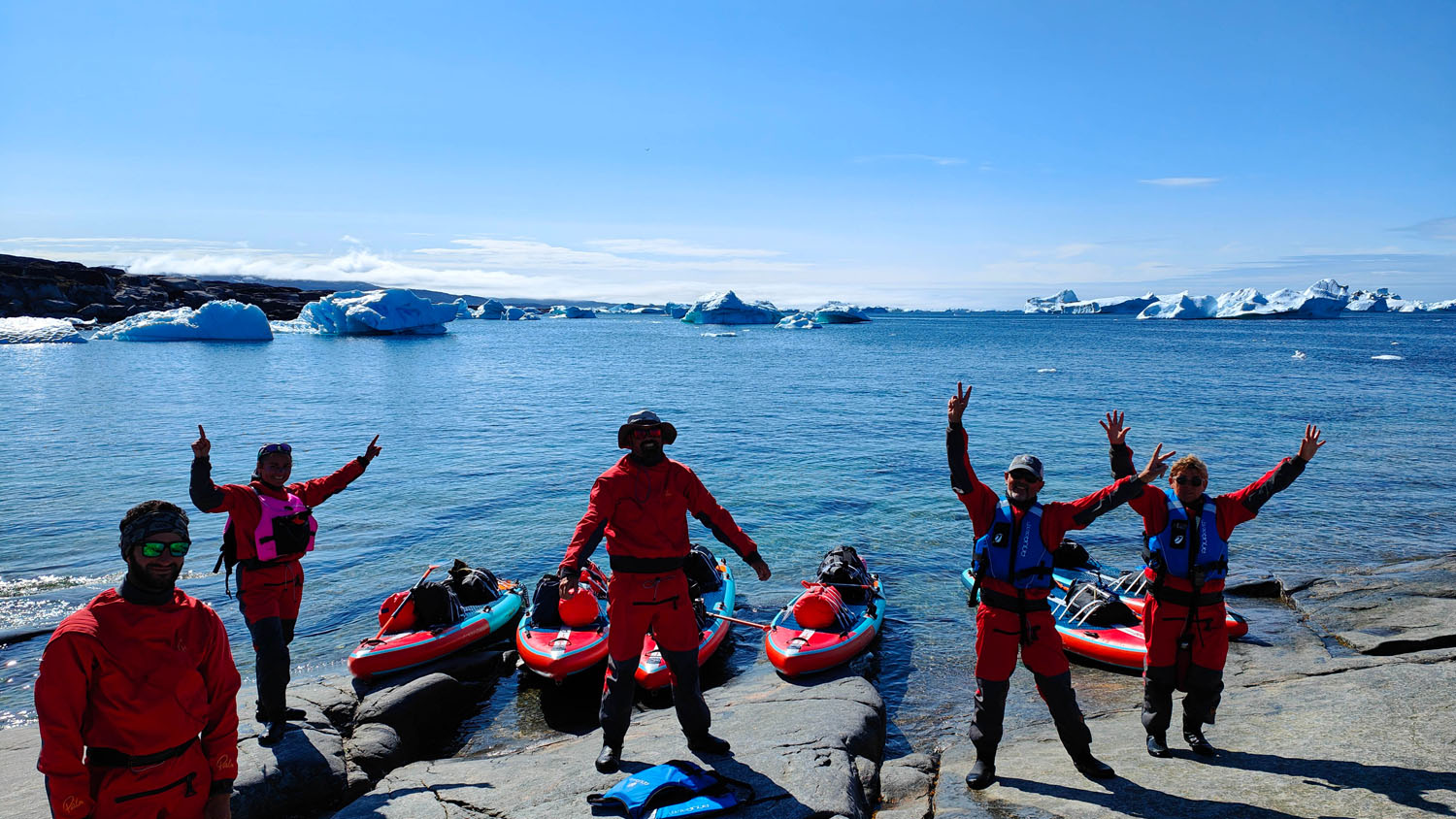
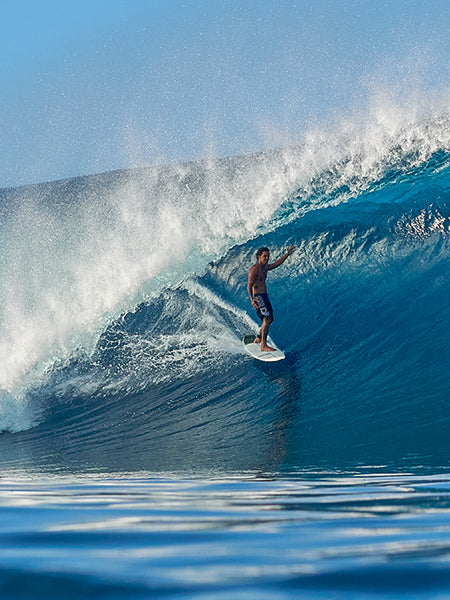
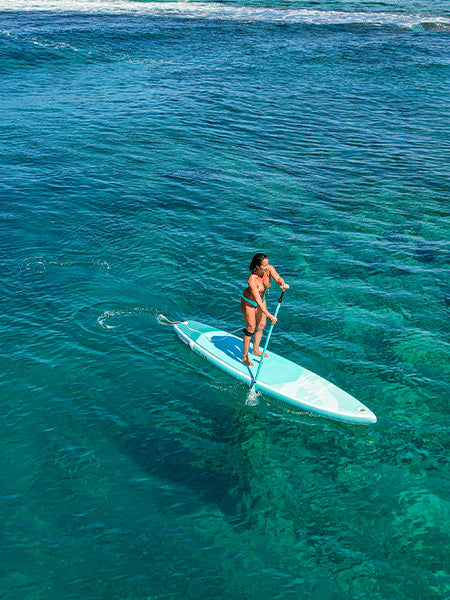

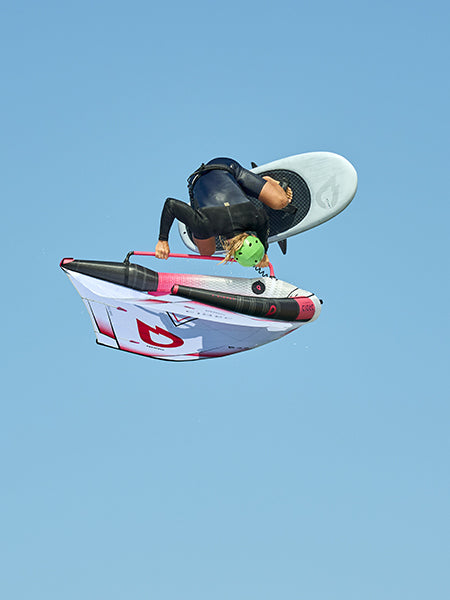
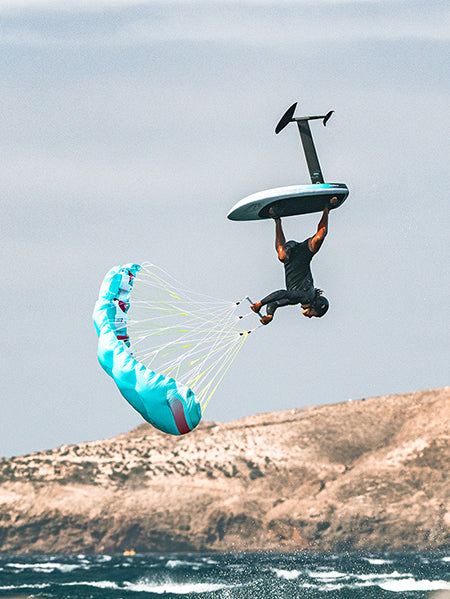
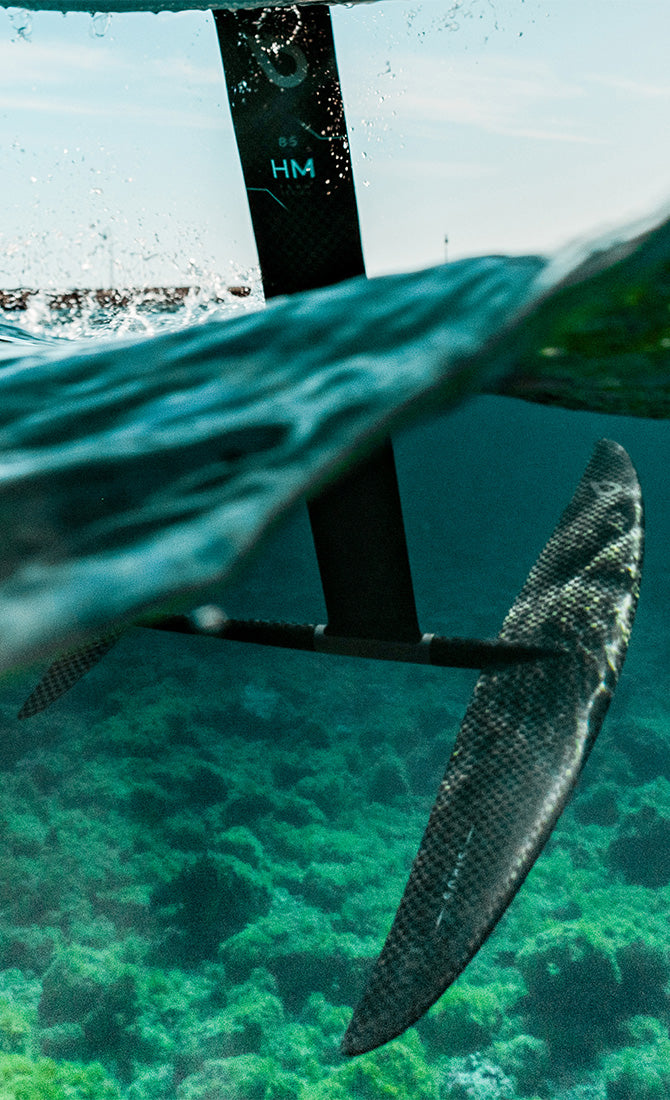


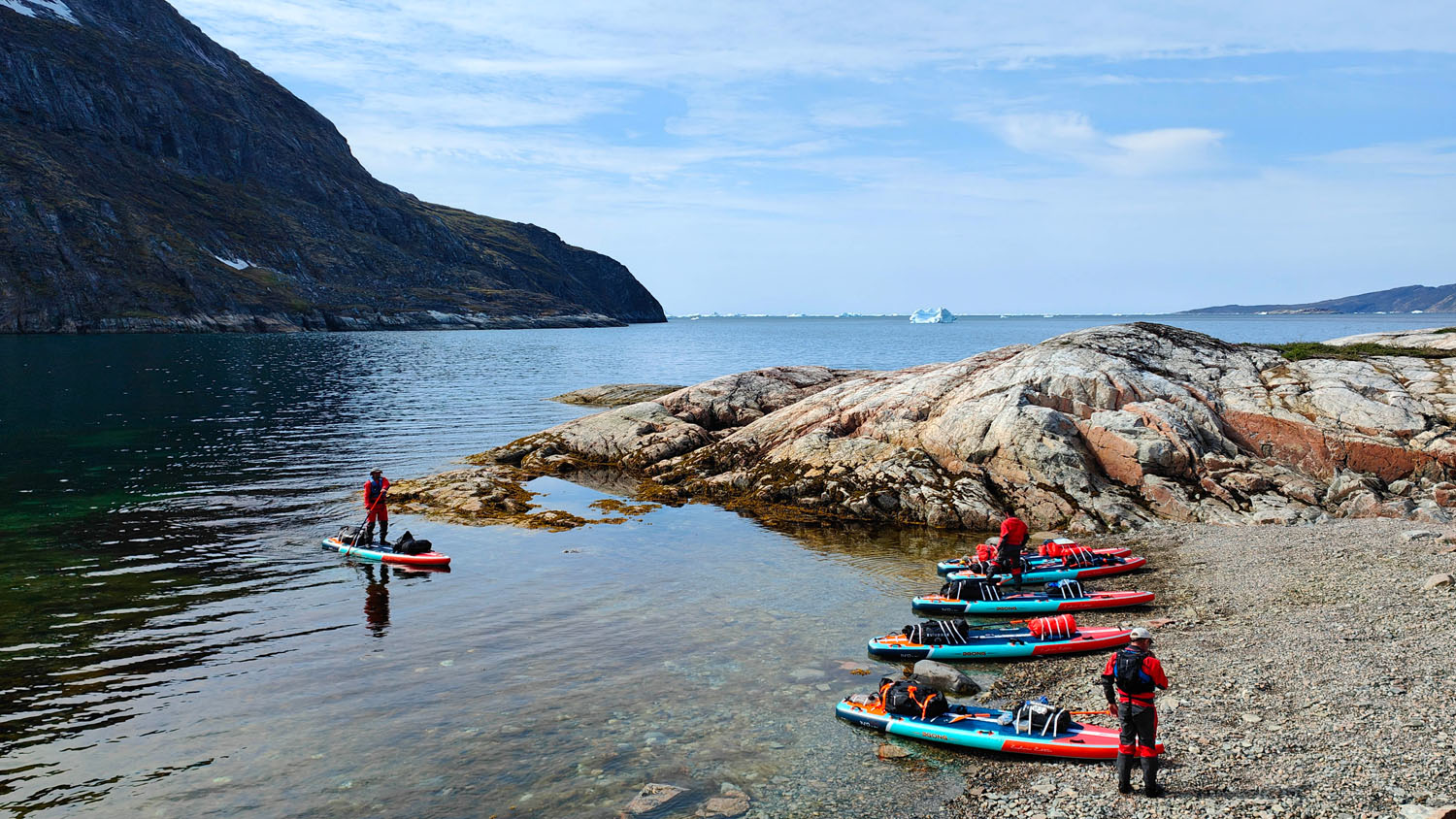
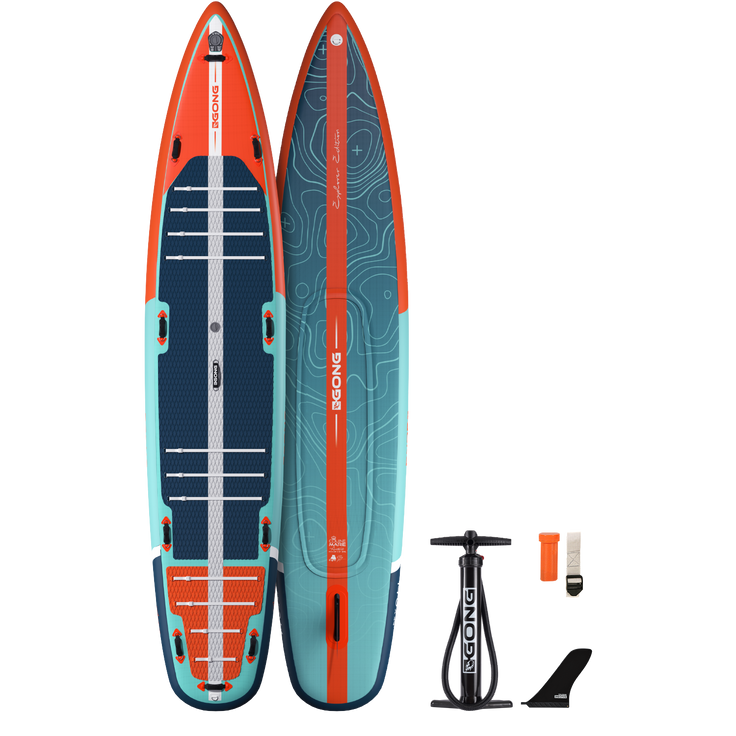



1 comment
superbes images et reportage au top, ca fait rever !